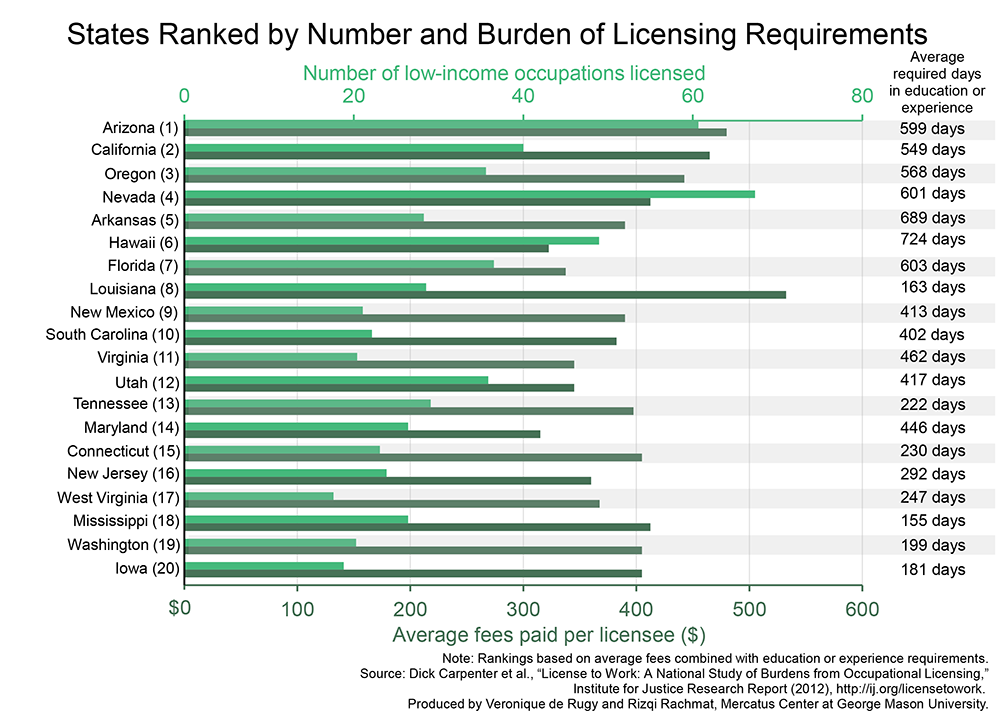Do you remember the Sixties? I do, vividly. The latter half of that decade was the worst time of my life so far as the enveloping social and political conditions were concerned: endless, horrifying war; unraveling civil rights movement; urban riots and violence; political assassinations and mass protests; university upheavals and bombings; police brutality at every turn; political leaders—the cosmically offensive LBJ above all, with Nixon a close second—so foul that one had to avert his eyes from their hideous visage and pinch his nose to keep out their stench of death and moral putrefaction.
Yet amid all of this social and political horror, the time was pervaded by a bizarre hopefulness, especially among young people. Caught up with one basis or another for optimism and personal commitment—New Leftism, anti-Establishmentism, communitarianism, hippy love-harmony, anti-militarism, anti-imperialism, and so on—many of us became convinced that the future would be better, that never again would we be fooled by the “new boss,” that in some fundamental way we were living through an irreversible revolution. Before long, of course, most of these youthful optimists ran off the rails into violence, drug-dazed escapism, abandonment of social engagement for more personal goal-seeking, and a thousand other forms of personal accommodation to the defeat of all attempts at sweeping societal transformation.
Thus, the new world we anticipated and worked to create never arrived, and so we went on to make our separate ways through a world that in its essentials remained the same as the old: war after war; political corruption that stinks to heaven’s heights; spiritual anxiety and rootlessness; fascination with culturally superficial and ephemeral foolishness.
We now have, of course, some things that we lacked then—personal computers, the Internet, the Web, and an abundance of electronic gizmos—and some of us fancy that these things will allow people to congeal in the creation of a truly better world. I have my doubts. The Establishment is stronger than ever: more pervasive and inescapable in its surveillance; more lethal and invasive in its police presence; more lavishly funded; stronger in its ability to lock hundreds of millions in helpless dependency; and no less ruthless than it was then. Against these immense forces of the Establishment, we can only send, at most, a few million mostly youthful optimists, unorganized and mutually quarrelsome, easily distracted by the vibrations of the latest tweet or twerk. This scenario is not a promising portent of genuine revolution. What I saw and experienced and participated in during the Sixties had much greater promise and, for a decade or so, much wider participation, yet it fizzled out, leaving only marginal changes for the better (the major exception being the elimination of the draft, which was truly important). The idea that today’s dissidents will have more success strikes me as the sheerest wishful thinking.






